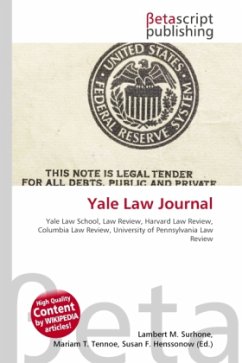High Quality Content by WIKIPEDIA articles! In 1851, George Gabriel Stokes derived an expression, now known as Stokes' law, for the frictional force also called drag force exerted on spherical objects with very small Reynolds numbers (e.g., very small particles) in a continuous viscous fluid. Stokes' law is derived by solving the Stokes flow limit for small Reynolds numbers of the generally unsolvable Navier Stokes equation.If the particles are falling in the viscous fluid by their own weight due to gravity, then a terminal velocity, also known as the settling velocity, is reached when this frictional force combined with the buoyant force exactly balance the gravitational force.
Bitte wählen Sie Ihr Anliegen aus.
Rechnungen
Retourenschein anfordern
Bestellstatus
Storno








